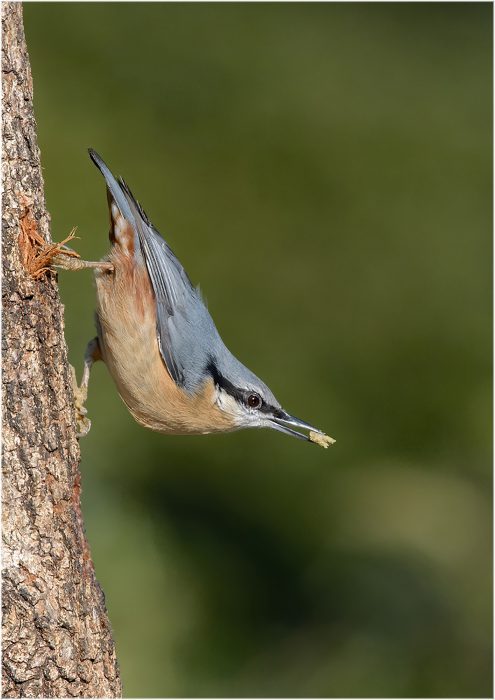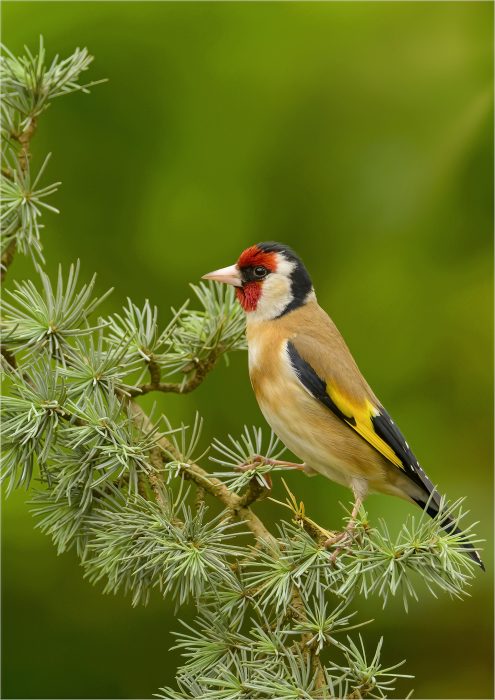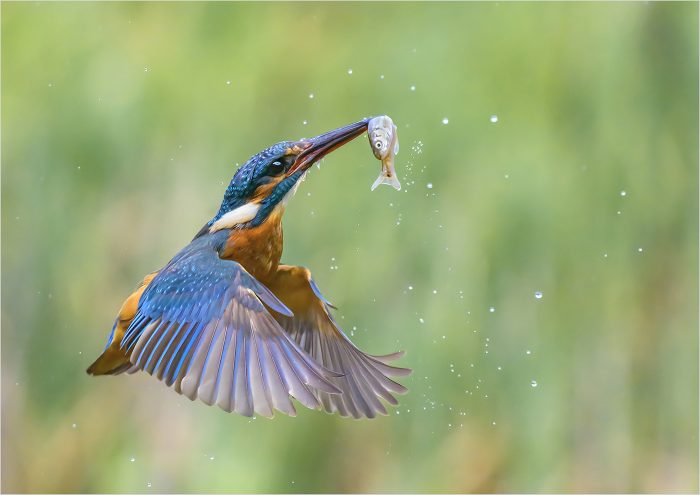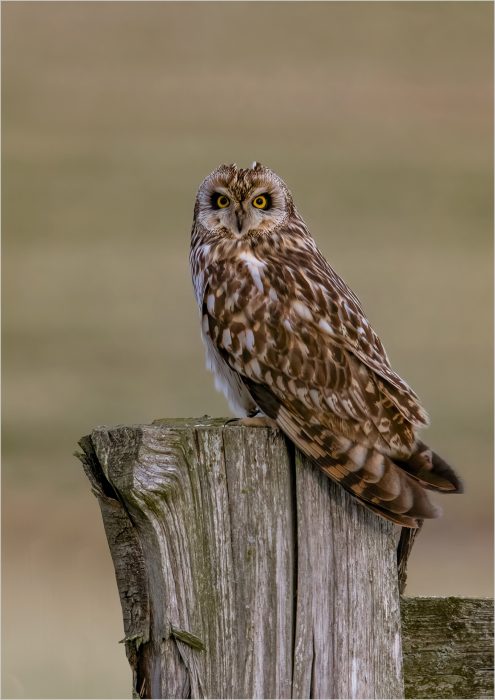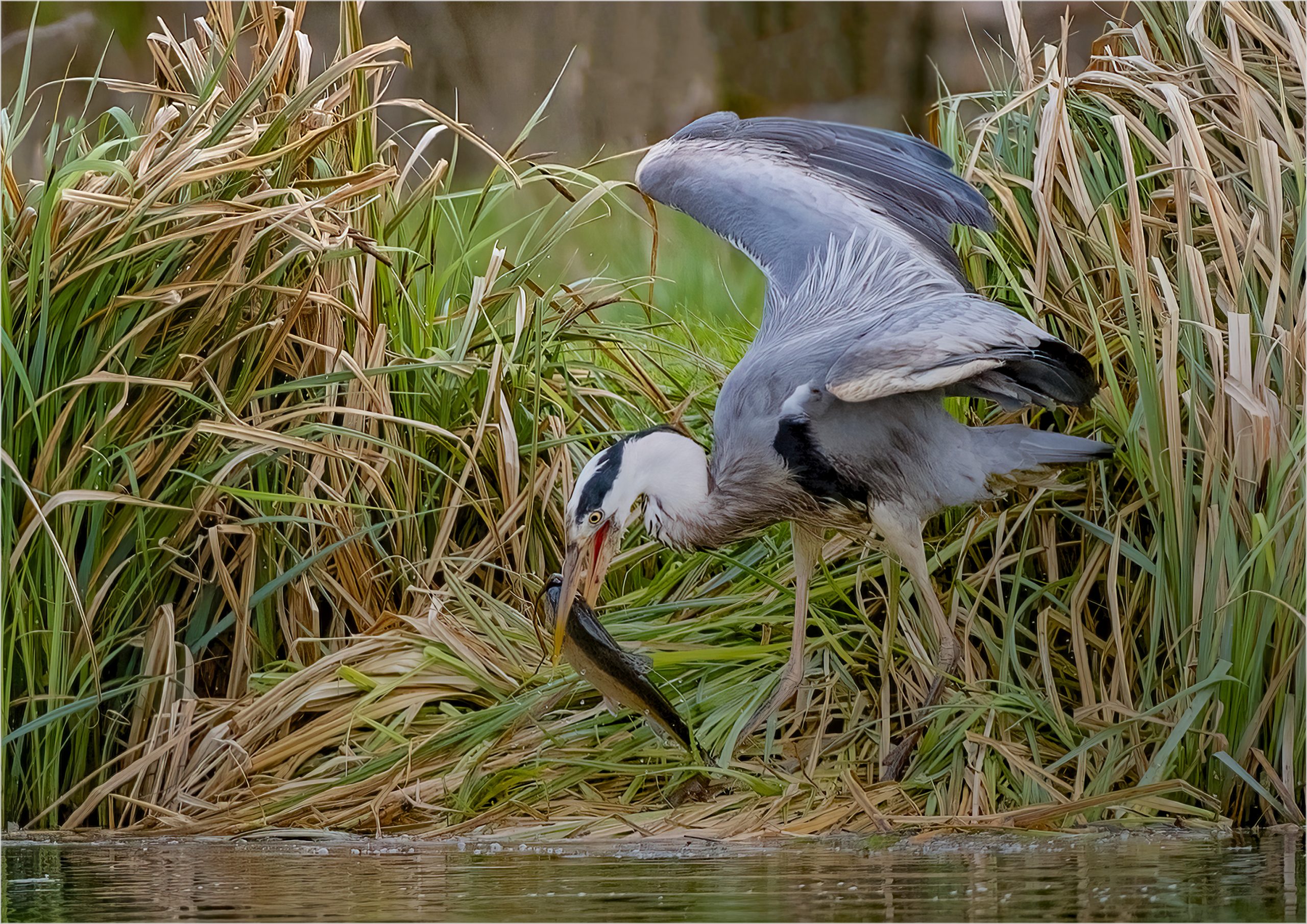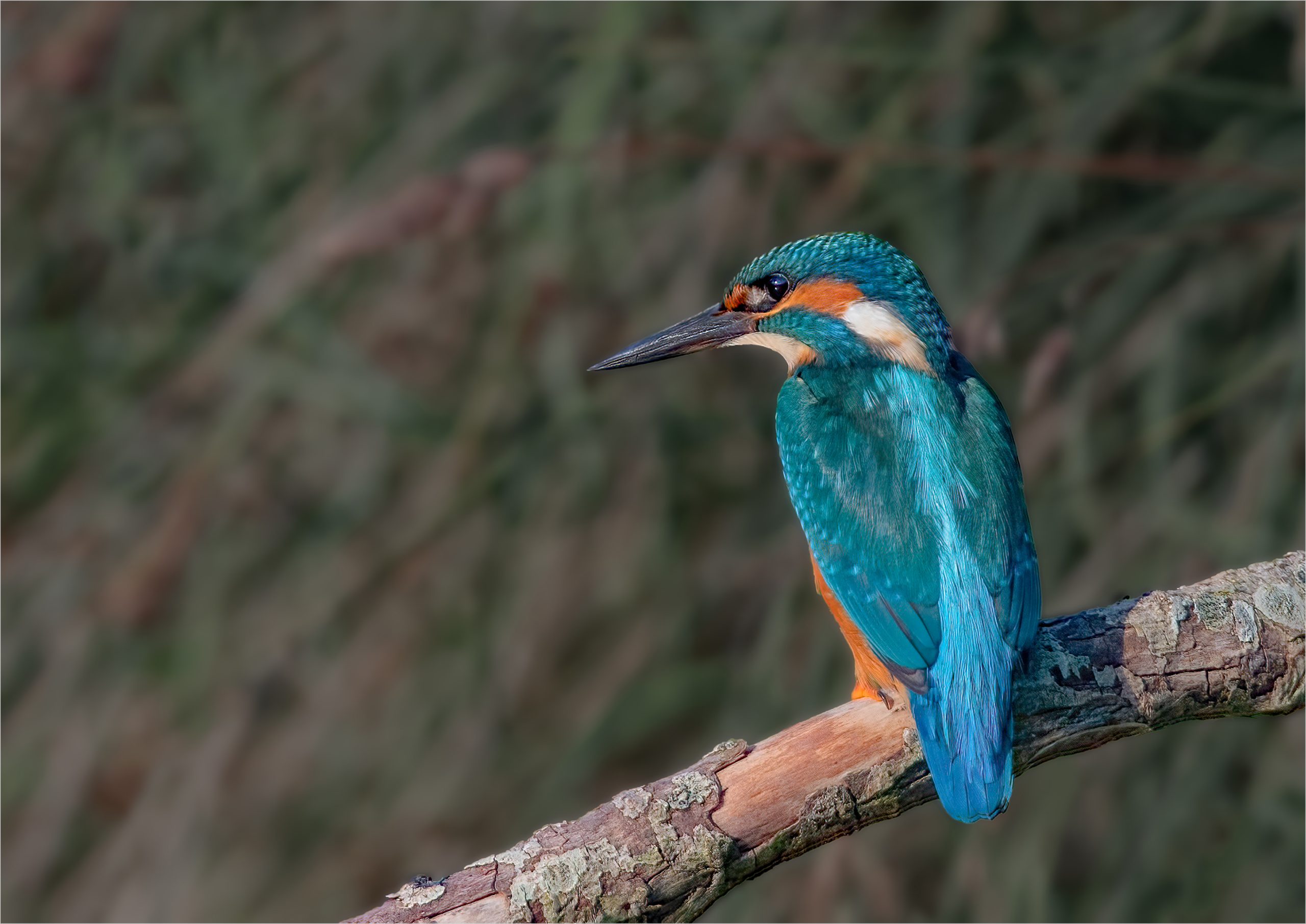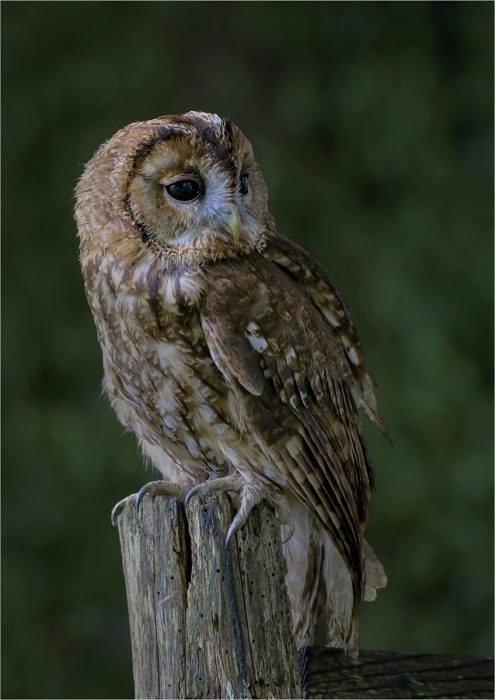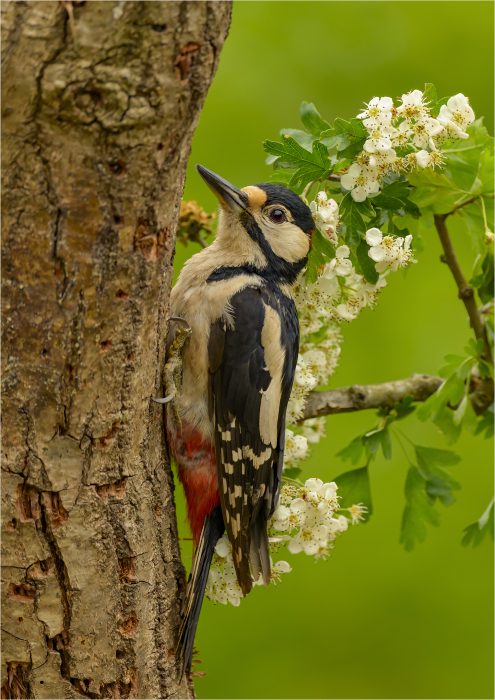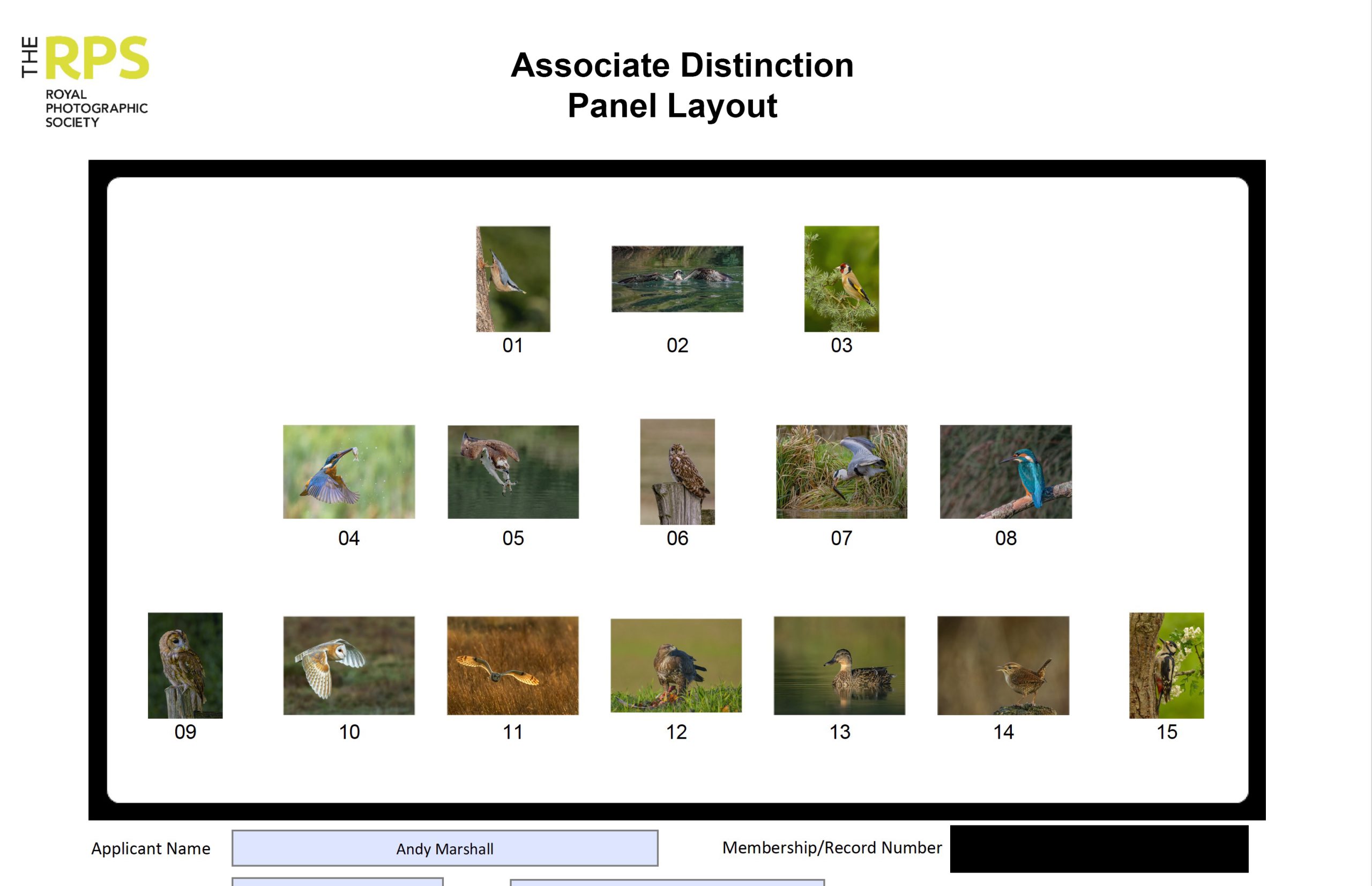
Statement of Intent for
the Royal Photographic Society Associate Distinction
For me nature photography is as much about escapism, and relaxation, away from the madness in which we all exist, and more so in our recent history. I find that these places of joy are to be found beside our lakes and lochs, within our woodlands, or surrounded by farming land, hopefully “far from the madding crowd”. My aim with this set of images is to show the energy, excitement, peace, and tranquility, that juxtapose in these environments. For example, the crashing dive of an Osprey fishing, fast and furious, yet over in a matter of only a few seconds, against the majestic, silent flight of the Barn Owl quartering the land. My objective is to impart these feelings into the observer, through the visual medium of photography, creating both interest and awareness, and hopefully a sense of fascination.
I bought my wife, Jessica, a camera for her birthday in late 2014. I had taken advice from various sources and opted for a Nikon DSLR. The following Summer while we were out, Jessica was taking images of a number of different things, when the camera stopped taking images; that is to say that the images were all very dark/black! We were very inexperienced, much more so myself, and hadn’t realised that the camera was set to manual, no end of twiddling various knobs made much difference. This had now become a “technical problem”, and therefore had my interest, and within a short space of time I was hooked!
I’m not much of a people person, nor do I have an artistic bone in my body! My preferred option of nature photography was fairly quickly identified. I love the peacefulness of nature and solitude. I prefer the technical challenges of photography, without having to overly concern myself with the crafting of an image in camera (e.g. designing, directing, etc), I merely attempt to obtain a technically competent image of what is there in front of me, particularly birds in flight!
My early forays into nature photography produced a very mixed bag of results, ranging from almost acceptable to completely awful. However I learnt a great deal about the subjects, what they were (well, some if not all), how they behaved, how they moved, and also a little more about photography. I tended to go to local nature reserves and use the hides there or meander through woodlands seeking subjects. It was a chance meeting in a hide that led to me joining my local camera club. Joining East Grinstead Camera Club was singularly the most important step for me in improving my photography. Whether through listening to competitions being judged, presentations from visiting guests, or through discussions with other club members, there are always opportunities to learn and apply this learning to your own practice. The subject genre is almost irrelevant, often concepts from one genre are equally applicable, or transferable, to other genres.
I proceeded down this path with the camera club, focussing on nature with the occasional attempts at other genres, over the next five years or so, gradually improving my images, receiving some good reviews, and having some fortunate results. It was during the Covid, lockdown period that I made the decision to attempt an RPS distinction, I don’t really remember why! I was still working albeit from home and had been doing that for quite a while. Many nature reserves had limitations and most all of the hides were closed, but even if open there were far more people attending in the rush to be back to nature. So perhaps it was the time spent reviewing and ruminating over previously taken images, I don’t really remember! Nonetheless the decision had been made and now it was time to proceed.
I decided to go straight for an attempt at the ARPS distinction as I wanted to focus only on Nature and not spend time taking images that I had little interest in (as with the LRPS having a requirement for varied genres!). I looked at the RPS website and decided to utilise the 1- 2-1 mentoring option. I was pleased to be offered the services of Mick Durham FRPS, the chair of the Natural History Distinctions Panel. I worked on a panel of images, which is skill that needs learning! I’m accustomed to taking images to be presented as stand-alone images, not forming cohesive sets of images. Anyhow, a set of images was selected, plus a number of spares, and these were discussed in some depth with Mick. A final panel was decided upon and Mick seemed to think that this had a good chance of making the grade. This proved not to be the case – five images failed to make the grade for either pictorial or technical failings.
Time to work on a revised submission. Again this was worked on with Mick as my mentor. I made the choice to replace the five failures with fresh images, which necessitated a revised layout of the panel. On this occasion Mick was quite confident that the panel was up to the required standard and should be accepted. I’d done some further research viewing other, successful ARPS panels and was also more confident for this submission than my previous attempt. Sadly, once again, how wrong we were! On this occasion there were minor comments on two images, these were to be re- edited, but would remain in the panel; both of these had been in the previous submission without comments! Three of the new images were commented on and I decided to replace these images. Once again Mick was confident, as best he could be, that this panel was of the expected standard. Me, I had long since lost the plot on whether it would pass, but remained hopeful…………. Again!!
For my assessment in September 2023, I decided to view the proceedings on-line – not something that I’d done previously. On the day the first panels to be assessed were print panels. There were five judges on this assessment – the fifth being a trainee judge, able to comment but without a vote. The first panel was set out and things got underway. The judges all got up for a closer view of many of the submitted prints before the time for the comments and voting. One of the assessors made their way to the panel, picked up image number nine and proceeded to explain why they thought that this was a poor image when compared to the others in the panel, and how they believed that this image let the panel down. Even I felt for the applicant after this lambasting! A second judge stood and approached the panel. After making some comments on one or two images they too picked up image nine. Oh dear thought I, but the second judge proceeded to explain why they thought the image was of an excellent quality, the best image of the set!! I realised then why such distinctions can be awkward to obtain, and why the feedback can be inconsistent. Serendipity can play a role, whether that be in the choice of images selected, or the make- up of the judging panel.
My panel was number one in the PDI order of play and would be first up after lunch. Comments were made on six or seven images, mainly positive but there were some observations made on one or two of the images, which concerned me. My wife, Jessica, was watching with me on our television, she was confident I had passed, I wasn’t! In the end luck was on my side and I heard Mick Durham announce my name and that I had been successful. Was I satisfied, happy, or euphoric? To be quite honest no! Should I have been? Probably!
I merely had a sense of overwhelming relief, a ‘thank goodness that’s over’ moment.
Overall the whole process had a positive effect on my photography. It isn’t an easy process for everybody, that much I know, but it makes you look at your images in a different way and question your previously held beliefs, and that can only be a good thing. Once over the stresses of the assessment day and with time to reflect, I can now say that I am happy to have successfully undertaken the process and am pleased with the outcome.
Would I do it again? Who knows? Though I have it on good authority that its more fun than kidney stones!

